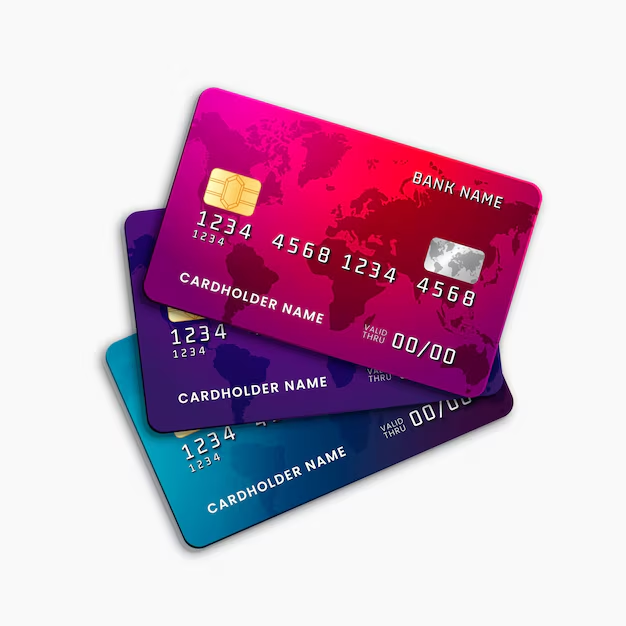Credit Card Settlement Process
Credit cards are convenient financial tools that offer flexibility and purchasing power. However, sometimes life throws unexpected challenges, and managing credit card debt becomes overwhelming. In such situations, understanding the credit card settlement process can provide relief and help regain financial stability. This guide aims to shed light on navigating the credit card settlement process effectively.
Credit Card Settlement Process-A Step-by-Step Guide
Step 1: Assess Your Financial Situation
Before diving into the settlement process, take a comprehensive look at your finances. Calculate your total debt, including outstanding balances, interest rates, and any late fees. Evaluate your income, expenses, and assets to understand what you can realistically afford to pay.
Step 2: Contact Your Credit Card Issuer
Initiate communication with your credit card issuer to discuss your financial hardship and explore settlement options. Explain your situation honestly and provide any documentation that supports your claim. Many issuers have hardship programs or may be willing to negotiate a settlement to recover at least a portion of the debt.
Step 3: Negotiate Terms
During your discussion with the credit card issuer, negotiate the terms of the settlement. This may include lowering the total amount owed, reducing interest rates, or establishing a structured repayment plan. Be prepared to compromise and seek professional advice if necessary to ensure you’re getting the best possible deal.
Step 4: Get the Agreement in Writing
Once you’ve reached an agreement with the credit card issuer, it’s crucial to get everything in writing. This document should outline the terms of the settlement, including the reduced amount to be paid, any changes to interest rates or fees, and the timeline for repayment. Review the agreement carefully before signing to avoid any misunderstandings later on.
Step 5: Fulfill Your Obligations
After signing the settlement agreement, fulfill your obligations according to the agreed terms. Make payments on time and in the agreed-upon amounts to maintain a positive relationship with the credit card issuer. Keep records of all payments made and correspondence exchanged for your records.
Step 6: Monitor Your Credit Report
Once you’ve completed the settlement process, monitor your credit report regularly to ensure that the settled debt is accurately reflected. It may take some time for the updated information to appear on your credit report, so be patient. If you notice any discrepancies, dispute them with the credit reporting agencies to have them corrected.
Step 7: Rebuild Your Credit
Finally, focus on rebuilding your credit after settling your credit card debt. Make timely payments on all remaining debts, keep your credit utilization low, and avoid taking on additional debt unless absolutely necessary. Over time, responsible financial behavior will help improve your credit score and strengthen your financial future.
Conclusion:
The credit card settlement process can be a lifeline for individuals struggling with overwhelming debt. By following these steps and approaching the process strategically, you can effectively navigate negotiations with your credit card issuer and regain control of your finances. Remember, seeking professional advice and being proactive are key to achieving a successful settlement outcome.
Visit today or contact us to see if loan settlement is the right solution for your financial freedom.




